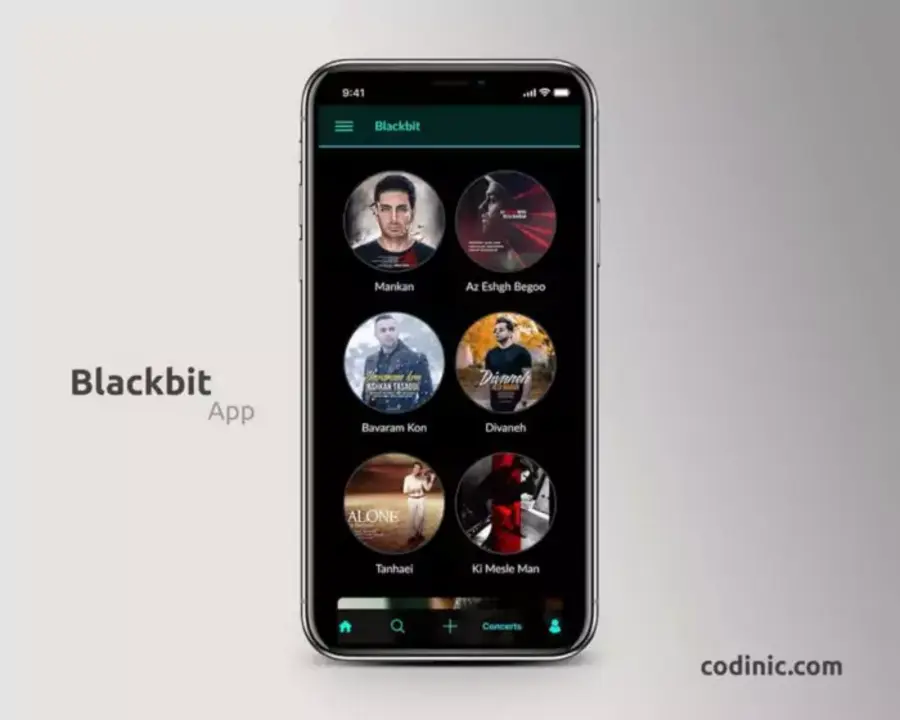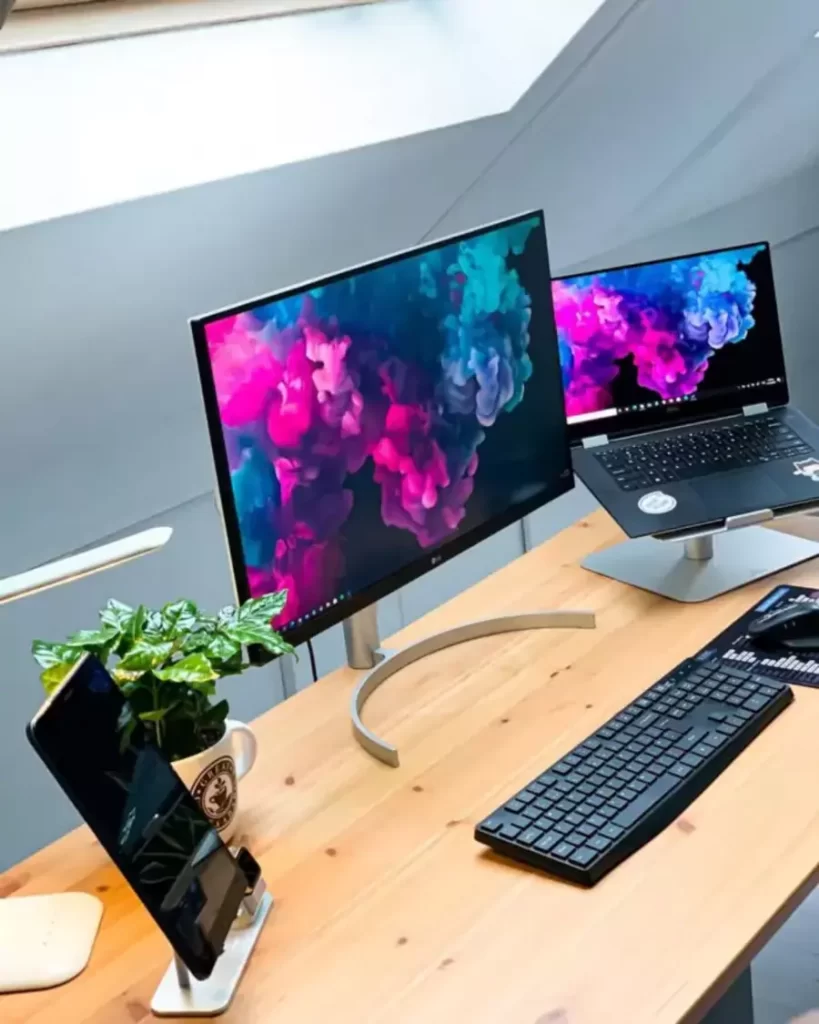Multilanguage Application Development
In today’s globalized world, multilingual application development has become a necessity for businesses and organizations. This involves creating user-friendly applications that facilitate access for people from different linguistic backgrounds. This article examines why multilingual app development is important.
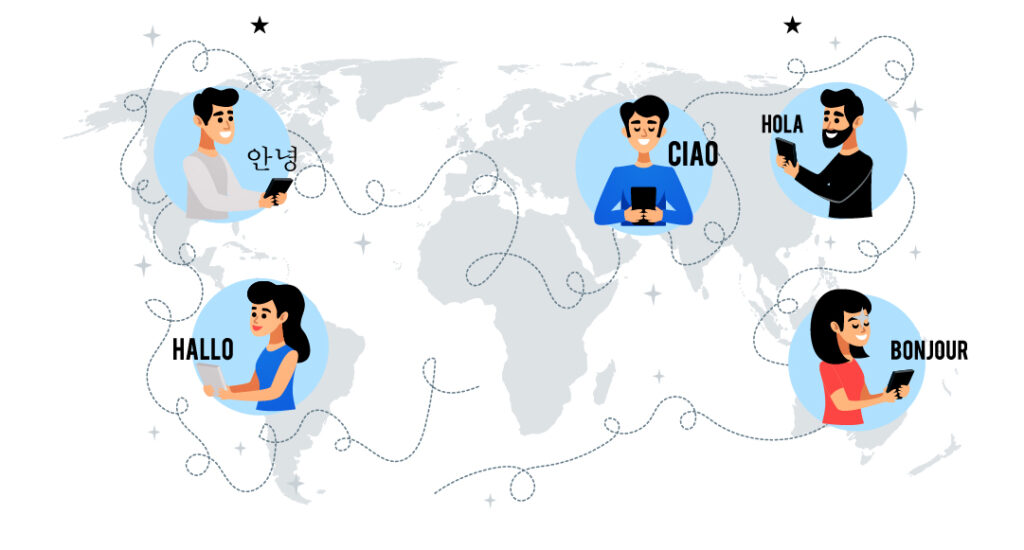
Why Multilingual Application Development is a Need?
Global Reach and Accessibility: Multilingual apps enable businesses to reach a wider audience by making services accessible to people who do not speak a particular language as their first language. By supporting multiple languages, companies can enter new markets, attract international users and serve a diverse customer base.
Improved User Experience: Delivering content in the user’s native language greatly improves the user experience. Users feel more comfortable, less confused and can interact with the app more effectively. Research shows that people prefer to use apps in their native language, even if they are fluent in other languages.
Cultural Sensitivity and Localization: Language is not only a means of communication, but also reflects culture and local practices. A multilingual app shows cultural sensitivity by adapting to the language preferences of different regions. This is important for building trust with users and respecting their cultural identity.
Competitive Advantage: In the highly competitive digital market, offering a multilingual app can differentiate a business from its competitors. It shows that the company is forward-thinking and inclusive, thus attracting more users and increasing loyalty.
Legal and Compliance Requirements: In some regions, it is a legal requirement to offer services in local languages. For example, in the European Union, businesses need to comply with local language laws in different member states. By offering multilingual support, businesses avoid legal complications and ensure compliance.
Improved SEO and Visibility: Supporting multiple languages improves search engine optimization (SEO) because search engines prioritize content in local languages. A multilingual app is more likely to appear in results when users search in their native language, which increases visibility and user acquisition.
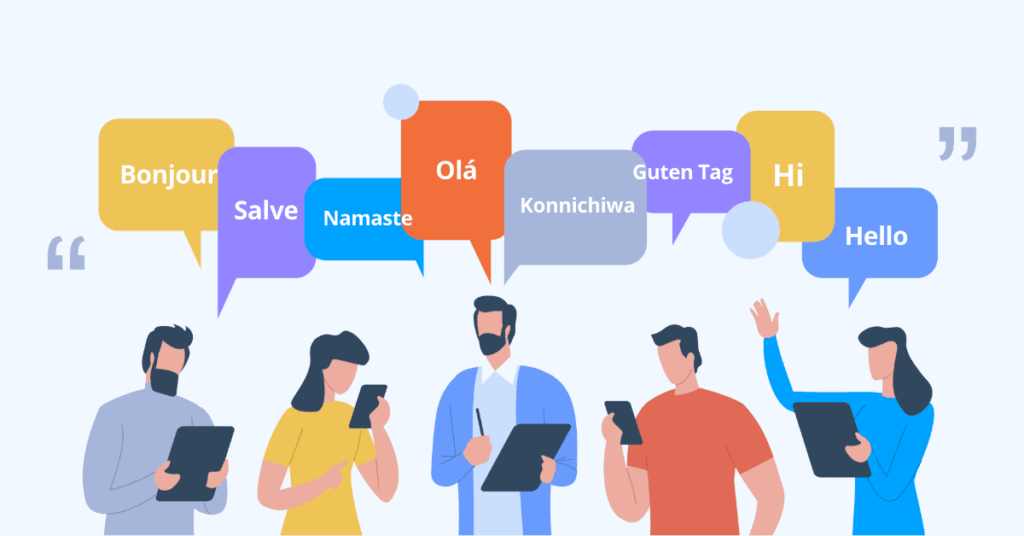
Style in Multilingual Applications: RTL and LTR
When designing a multilingual application, it is important to understand text orientation. Different languages are written in different orientations: some read left to right (LTR), while others read right to left (RTL). Let’s examine both styles.
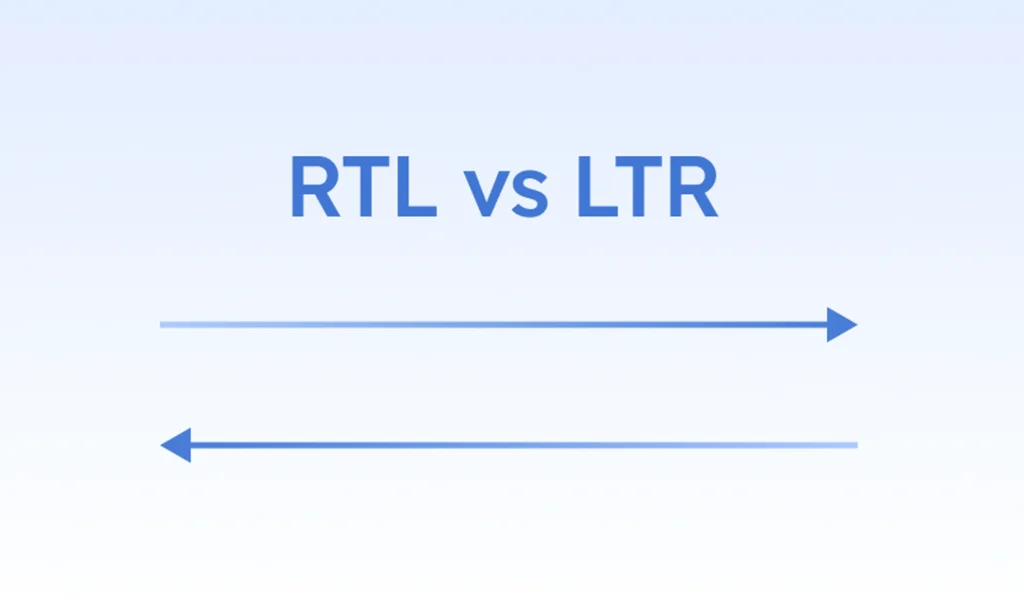
LTR (Left to Right) Languages
LTR refers to languages that are read and written from the left side of the page to the right side. Most of the world’s languages follow this style, such as English, Spanish, French, German and Chinese.
Design Considerations for LTR Languages: For LTR languages, most user interfaces (UI) are designed with a left-aligned layout. Navigation menus, icons and text start on the left. Western design rules follow the natural flow of LTR languages, and modern frameworks make LTR development relatively simple.
Common LTR Languages:
- English
- Spanish
- French
- Chinese
- German
- Russian
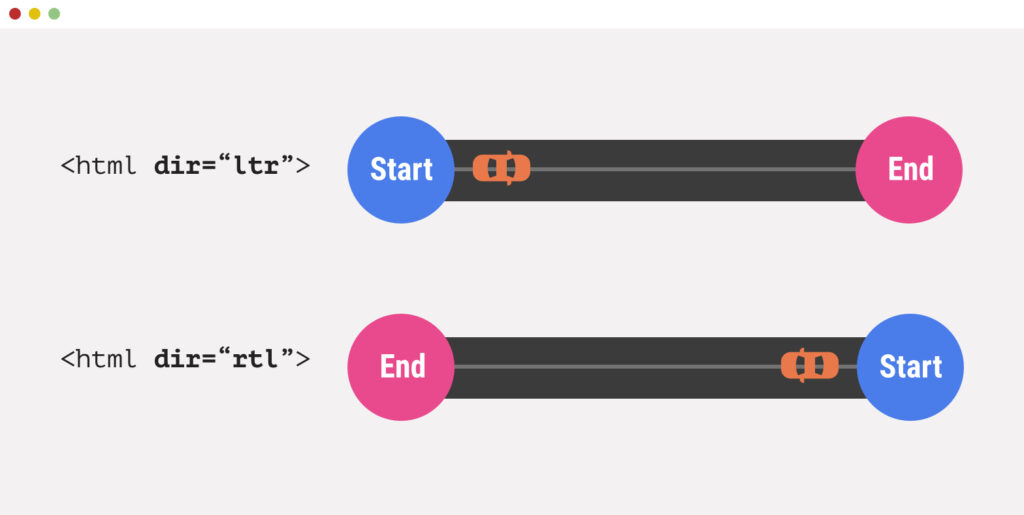
RTL (Right to Left) Languages
RTL refers to languages that are read and written from right to left. The most common RTL languages are Arabic, Hebrew, Persian (Farsi) and Urdu.
Challenges in Developing RTL Applications: While most development frameworks and libraries are optimized for LTR languages, special arrangements need to be made for RTL languages. Translating the layout of an application to RTL is not just a matter of reversing the text; the entire user interface must be adapted, including navigation bars, images and icons.
Design Considerations for RTL Languages:
- Layout Mirroring: The user interface should mirror the RTL flow. For example, main navigation menus that appear on the left in LTR designs should appear on the right in RTL languages.
- Bidirectional Text Support: Apps should support content that contains a mix (for example, English or French mixed with Arabic). This requires careful consideration of the text processing engine.
- Icons and Visual Cues: Icons such as arrows or progress indicators should be mirrored to reflect right-to-left flow.
- Fonts and Typography: Some languages, such as Arabic, require specific fonts that dynamically adjust to the context. Ensuring that fonts display well and are readable on all devices is vital for a smooth user experience.
Common RTL Languages:
- Arabic
- Hebrew
- Persian (Farsi)
- Urdu

Main Considerations for Multilingual Application Development
Localization and Translation: Developing a multilingual application involves more than just simple translation. Localization involves adapting content, symbols, formats (such as dates and numbers) and cultural references to the target language. For example, in the US the date format is MM/GD/YYYYY, while in Europe it is DD/AA/YYYY. The application should reflect such changes.
Language Switching Functionality: It is important to provide an intuitive mechanism that allows users to switch between languages. This language switching should be easy to find and the transition between languages should be seamless without disrupting the user experience.
Content Storage and Management: Developers should ensure that the application’s backend can handle multiple languages efficiently. This includes the design of databases that can store text in various languages, including languages with complex typefaces such as Arabic or Chinese. Content management systems (CMS) should support multilingual functionality to facilitate content updates.
Testing Across Languages: Testing is an important part of multilingual application development. Developers should test the app in all supported languages to ensure that the user interface is displayed correctly, translations are accurate and the overall user experience is consistent. Special attention should be paid to RTL languages that require layout changes.
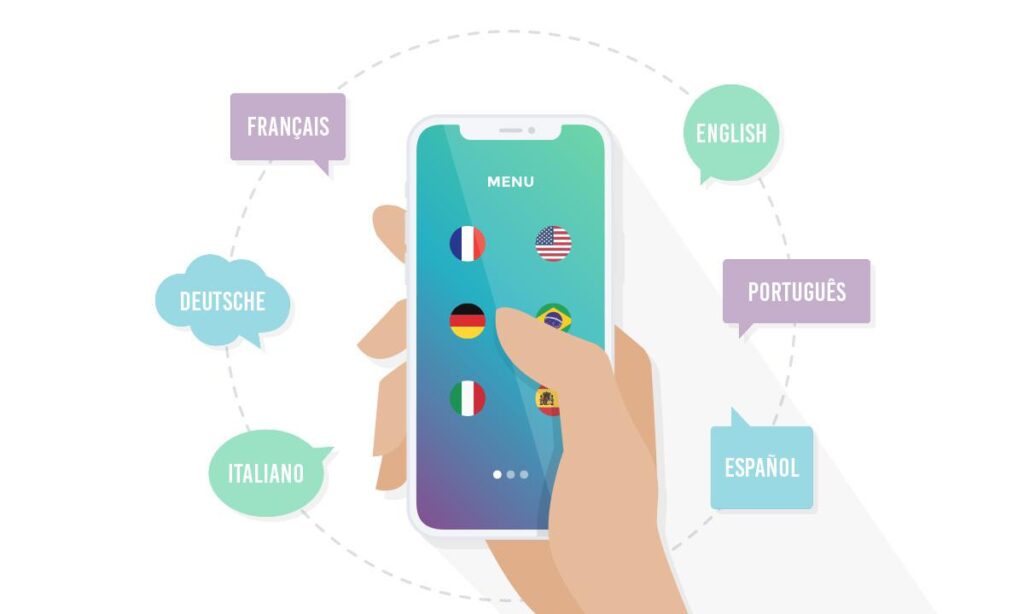
Conclusion:
Multilingual application development is vital for businesses with the goal of global expansion, improving user experience and increasing inclusivity. However, it requires careful planning when considering different textual aspects such as RTL and LTR. By addressing these challenges with thoughtful design and robust testing processes, applications can be developed that provide a seamless experience for users from different linguistic and cultural backgrounds.

